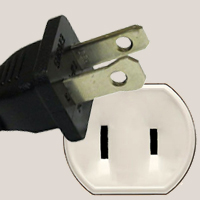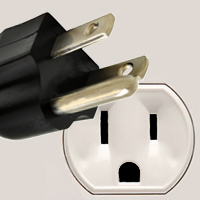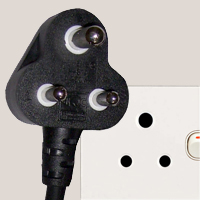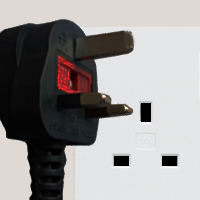Latin America Regulatory Compliance Group
Type Approvals for Latin America and the Caribbean
Latin America Regulatory Compliance GroupLARCG COVERS GUYANA
LARCG COVERS LATAM
NFMU Type Approval in Guyana
NFMU (National Frequency Management Unit) is the telecommunications regulating agency in Guyana. Wireless products and equipment that connects to the PSTN, along with other radio frequency equipment, require approval and certification in Guyana.
Guyana does not require in-country product testing, local representation, or specific product labeling.
LARCG may use existing international test reports for the homologation process to obtain the NFMU approval. Technical documents will be reviewed and validated in the approval process.
Guyana has restrictions in the frequency band between 850 MHz and 999 MHz. LARCG will help determine if these restrictions apply to your equipment.
Products requiring NFMU approval include:
- Low powered devices
- Citizen band radio (CB)
- Very high frequency (VHF) inclusive of repeaters and paging service
- Ultra-high frequency (UHF) inclusive of repeaters
- High frequency (HF)
- VHF television station
- Coast station
- Data link / wireless internet
- Aeronautical ground station
National Frequency Allocation Table for Guyana establishes the frequency plan in Guyana.
For products that do not require NFMU approval, the regulatory agency will provide a No Homologation letter to avoid any issues with customs.
Guyana National Bureau of Standards
All importers and dealers of cellphones are required to comply with the requirements governing their sale.
Contact us to start the approval processGuyana Plug Types




Type A plugs, rated at 15 Amps, are used mainly in the United States, Canada, Mexico, South America and Central America. This Class I, non-grounded, non-insulated plug operates on AC current and is known as NEMA 1-15. The plug has two 1.5 mm thick blades which measure 15.9 – 18.3 mm in length and are spaced 12.7 mm apart. The neutral blade is 7.9 mm wide, while the hot blade is 6.3 mm wide.
This plug almost always operates between 100 – 127 volts and is only compatible with socket type A.
Type B plugs, rated at 15 amps, are used mainly in the United States, Canada, Mexico, South America and Central America. This class I grounded, non-insulated plug operates on AC current and is known as NEMA 5-15. The plug has two 1.5 mm thick blades which measure 15.9 – 18.3 mm in length, and are spaced 12.7 mm apart. It also features a 4.8 diameter round, or u-shaped earth pin measuring 3.2 mm which acts as a ground. This plug almost always operates between 100 – 127 volts and is compatible with type A and B sockets. Grounded type B outlets are still rather uncommon in some parts of Central and South America. However, it is not uncommon for people to cut off the earth pin to achieve compatibility with two-pole non-grounded sockets.
Type D plugs are mainly used in India and Nepal; however, they are also used in Guyana and Dominica. The BS 546, or type D plug operates at 5 amps on AC current at 220 – 240 Volts, and features three round prongs that form a triangle. The centered, grounded pin is 20.6 mm long with a diameter of 7.1 mm. The hot and neutral pins have a diameter of 5.1 mm and measure 14.9 mm long. Hot and neutral pins are separated 19.1 mm apart from each other. The center-to-center distance between the grounding pin and the middle of the imaginary line connecting the two power pins is 22.2 mm. Note: This is a non-insulated plug.
Type G plugs can be found in Belize, Guyana, Grenada, Dominica and Saint Lucia. The plug features three rectangular prongs that form an isosceles triangle. The BS 1363, or type G plug operates at 13 Amps on AC current at 220 – 240 Volts. The central, grounded prong is 4 by 8 mm and measures 22.7 mm long. Line and neutral pins are 4 by 6.35 mm and measure 17.7 mm long. Center-to-center distance between line and neutral prongs measures 22.2 mm, as well as the distance between the earth pin and the middle of the imaginary line connecting the two power pins. 9 mm long insulated sleeves prevent accidental contact with a bare connector while the plug is partially inserted.